Overview
Map
Other Details
كنيسة مار جرجس - بعبدات
1660
Baabdat
Metn
Mount Lebanon
Built in 1660, the church played a great role in the history of the village, near it a school was built, and it was the main parish church before that of our Lady was built in the nineteenth century.The church houses a collection of oil paintings dating back to the construction era: St George, an Immaculata, St Mamas, St Peter.In the church’s sacristy are found the mortal remains of Fr. Gerges Srour 1688-1735, a holy priest with the title Al Qurbany, (the Eucharistic) because of his great devotion to the blessed sacrament and the great miracles that happened during elevation time in his Mass as attested by witnesses.يعود البناء الى سنة ١٦٦٠. لعبت هذه الكنيسة دورًا هامًا في تاريخ البلدة اذ كانت الكنيسة الرعائية قبل بناء كنيسة السيذة. بقربها كانت تقوم مدرسة للأحداث. تحوي زيتيات تعود لفترة البناء: مار جرجس، السيدة، مار ماما، مار بطرس.يرقد على رجاء القيامة في سكرستية الكنيسة رجل الله الخوري جرجس سرور ١٦٨٨-١٧٣٥، والمعروف بكراماته وعجائبه وعبادته للقربان الأقدس إذ كان وجه المسيح يظهر على القربانة عند الرفعة كما شهد معاصروه.
Visited 2756 times, 15 Visits today



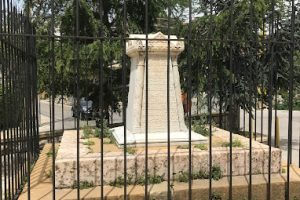

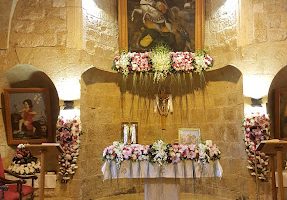


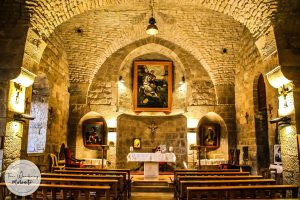
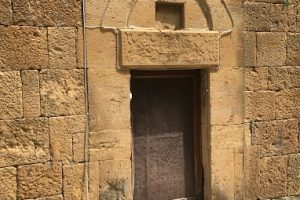
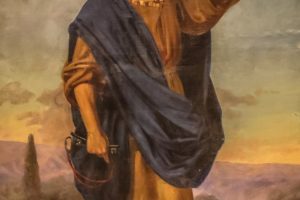
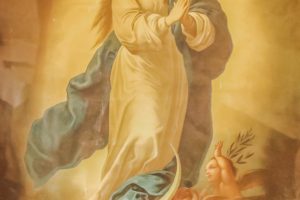

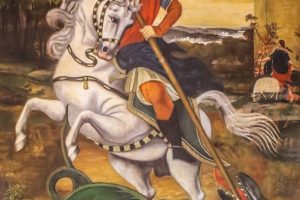












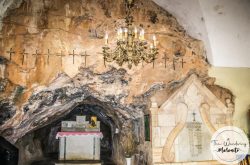
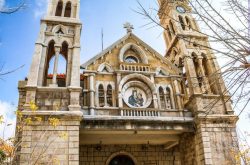
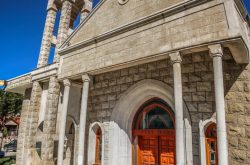
Reviews are disabled, but trackbacks and pingbacks are open.